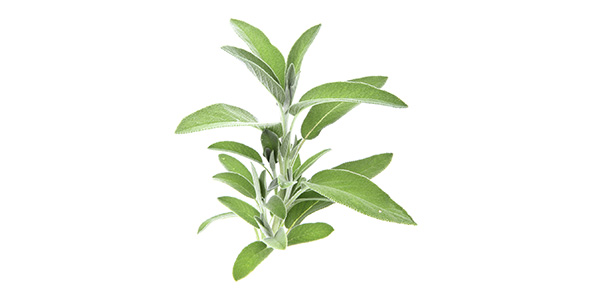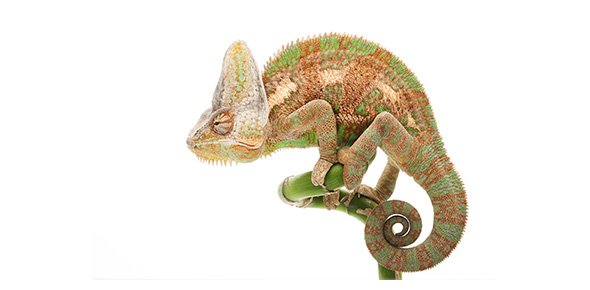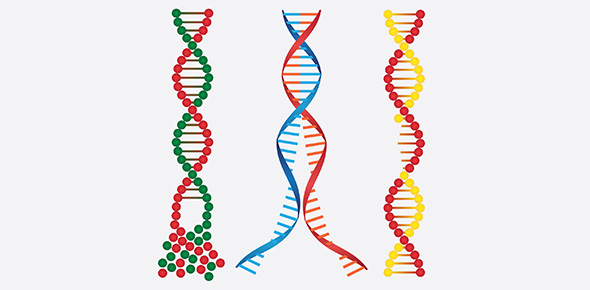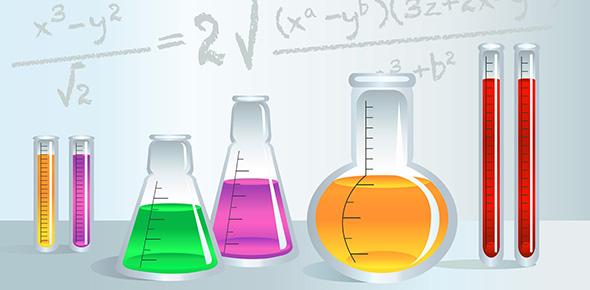Related Flashcards
Related Topics
Cards In This Set
| Front | Back |
|
What are the two main functions of the vertebral spine?
How does the spine gain stabliity/move? |
1. protect spinal chord
2. transfer loads from head and trunk to the pelvis Motion in 3 planes Gains stability from intervertebral discs, ligaments and muscles |
|
Vertebral body anatomy
|
Body - Transfers weight along axis of column, connected with ligament, separated with intervertebral discs
Vertebral Arch - forms post. margin of foramen Articular Processes |
|
Motion Segment
|
Functional unit of spine
Consists of two vertebrae, intervening soft tissue |
|
Function of Vertebral Bodies
Intervertebral discs |
Bear compressive loads,
Discs bear and distribute loads - restrain excessive motion (has two regions) |
|
What are the regions of the spine, describe
|
Cervical - support skull, neck, head, allow head movement
Thoracic - support head, neck, upeer limbs, chest, articulate with ribs to allow changes in thoracic cavity volume Lumbar - largest of vertebrae - take most weight, massive spinous process to provide attachment for lower back muscles |
|
Kinematics of spine
Possible movements of joints |
Motion produced by nerve and muscle coordination
motion btw two vertebrae is small - combined action of several motion segs required motion decreases by about 50% with age 1. flexion bend anteriorly 2. extension bend posteriorly 3. lateral flexion 4. rotaiton |
|
Flexion
What allows further flexion What initiates flexion What produces further flexion - what controlls this |
50-60 of spine flexion occurs in lumar spine
tilting pelvis - more flexion initiated by abdominal muscles and psoas msucles weight of upper body, controlled by increasing activity of erector spinae muscles |
|
Kinetics
How are loads applied in spine Standing loads |
Loads are produced primarily by BW, muscle activity and externally applied loads
During standing line of gravity of trunk typically passes ventral to the transverse axis of motion of the spine motion segements subject to forward bending moment that is balanced by ligament forces and erector spinae muscle forces Pelvis plays role on muscle activity and loads Tilting changes angle of inclination of sacrum Backward tilt - sacral angle decrease, lumbar lordosis flattens, adjust centre of gravity to minimize muscle work |
|
Loads on spine
50% 100% 130% 150% 200% |
Lie down
stand sit right leaning forward stand sit bad posture |
|
What is the load on the 3rd lumbar disc during relaxed upright standing
What happens during flexion/forward inclination |
~2 x body weight
increase load by increasing forward bending moment also makes the disc bulge on the compressive side, retrac on tensile side |
|
When are the loads on the lumbar spine lower
What helps this happen |
Supported sitting - supports weight of upper body with backrest
backward inclination helps this even more |
|
Load lifting - what is the best way
|
Picking up object to minimize distance of object from CG bending with object closer to body
|
|
Intervertebral Disc
What is the inner portion What is the outer portion |
Inner - nucleus pulposus - gelatinous mass rich in hydrophillic glycosaminoglycans
Outer covering - fibrocartilage - |








